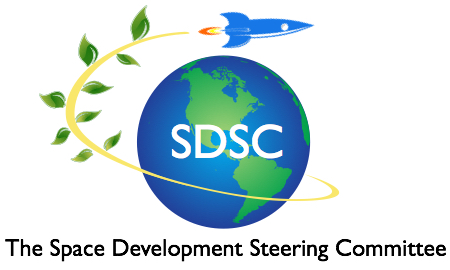This article first appeared in the Washington Post on January 10th.
By Namrata Goswami
Namrata Goswami is an independent senior analyst and author of “Outer Space and Great Powers.”
In October, as Damien Chazelle’s Neil Armstrong biopic “First Man” arrived in theaters, the movie provoked an uproar over what it didn’t show: the moment when Americans planted a flag on the moon. But in trying to affirm American greatness, the movie’s critics only illustrated how far behind the United States has fallen in the space race. While they were squabbling over “First Man,” China was preparing to launch Chang’e 4, a lunar mission that achieved landing on the far side of the moon on Jan. 2.
China aims to be the leading space power by 2045, and the country’s vision significantly differs from the imperatives that drove the United States and the Soviet Union during the Cold War. What mattered then was planting a flag and then moving on to some other show-off stunt.
By contrast, China is focused on establishing a permanent presence in space. China views space, especially the area of space including Earth’s moon, as directly connected to the rejuvenation of the Chinese nation. Last week, China established an important foothold toward resource exploitation by landing on the far side; the United States needs two to three years before its first robotic missions touch down on the moon. The relative lead on space resources could determine who is the dominant power in the years to come.
The stakes are high: Who will be able to obtain the vast resources in space, for example, water/ice, iron, titanium, platinum and nickel; secure the routes of trade; and write the rules of space commerce such as trade in energy propellant and precious metals. Who will benefit from the military power that flows from that industrial might? Most people think about space exploration; what matters to the future of power is space exploitation. In the United States, the discussion on space exploitation is led by a disorganized commercial sector; within China, the discourse on space resources is led by the Communist Party of China and President Xi Jinping.
China’s space strategy involves building a lunar industrial infrastructure for cost-effective access to deep space. The Chang’e 4 is the first step: demonstrating the ability to communicate, land, survey and surveil the location for a future industrial and logistical base. This mission secures China’s access to the resource rich lunar south pole and establishes first presence to exploit space resources, industrialize the moon to build a solar power satellite, and mine the moon and asteroids for their vast wealth. It is the first step toward colonizing the moon. In particular, Chinese officials see the lunar south pole as a future base, very similar to how navies viewed coaling stations in the mid-19th century.
In the age of steamships, the reach of a nation’s navies and merchant ships was determined by where they could stop and refuel with coal. Nations competed to gain key coaling stations such as Hawaii. Today, nations are limited in the reach of their spacepower by the unavailability of in-orbit rocket fuel. It takes about 19 tons of propellant just to get a single ton of payload into space. That makes it very difficult to do ambitious things beyond Earth’s surface.
But getting a ton of payload off the moon requires only one ton of propellant. That’s a tremendous logistical advantage. The most powerful chemical rocket fuel is made by combining hydrogen and oxygen, by separating the elements of water. It is estimated that there are hundreds of millions of tons of water at the lunar poles — enough to fuel countless missions to the farthest reaches of the solar system; to access the wealth of the asteroid belt; to extend logistics to enable massive industrialization; to develop military logistics in the space near Earth.
By 2030, China aims to send robotic probes to the north and south poles of the moon. The race to watch is not China’s manned lunar landing but the race between China’s robotic prospectors and NASA’s Commercial Lunar Payload Services , as this will determine each nation’s relative advantage in accessing and exploiting lunar resources.
China is best placed to win a space race, given its well-coordinated, disciplined, technocratic system, able to set and maintain long-term goals, with a vast population and talent base.
The United States is disorganized regarding space and cannot offer a serious challenge to the long-term plans China is setting in this domain. Neither the American people nor the U.S. military seems to perceive the significance of what China is doing strategically in the Earth-moon space. They see it through the lens of their own Cold War experience, assuming the motivations China harbors are akin to that of the erstwhile U.S.S.R. — for global prestige and simply ticking of boxes — when they are not.
At stake isn’t simply prestige here on Earth: It’s whether the future of space exploration, resource development and colonization will be democratic or dominated by the Communist Party of China and the People’s Liberation Army of China. The American people should think hard about whether they want to cede the next century — and the next frontier — to a different government with a very different set of values.

1 Comment
American Enterprise Will Beat China in Outer Space – Freedom's Back
[…] disciplined, technocratic system, able to set and maintain long-term goals,” gloomily predicted a recent Washington Post editorial. Yet current Chinese practice and American history show […]